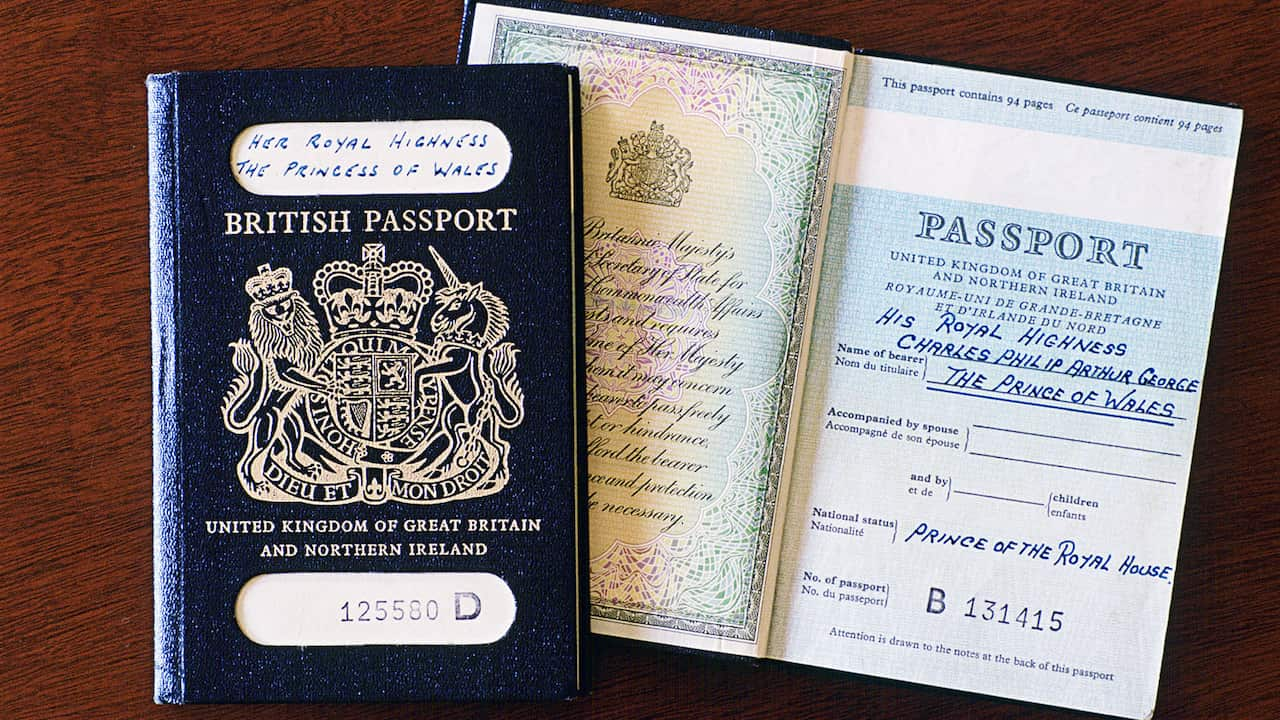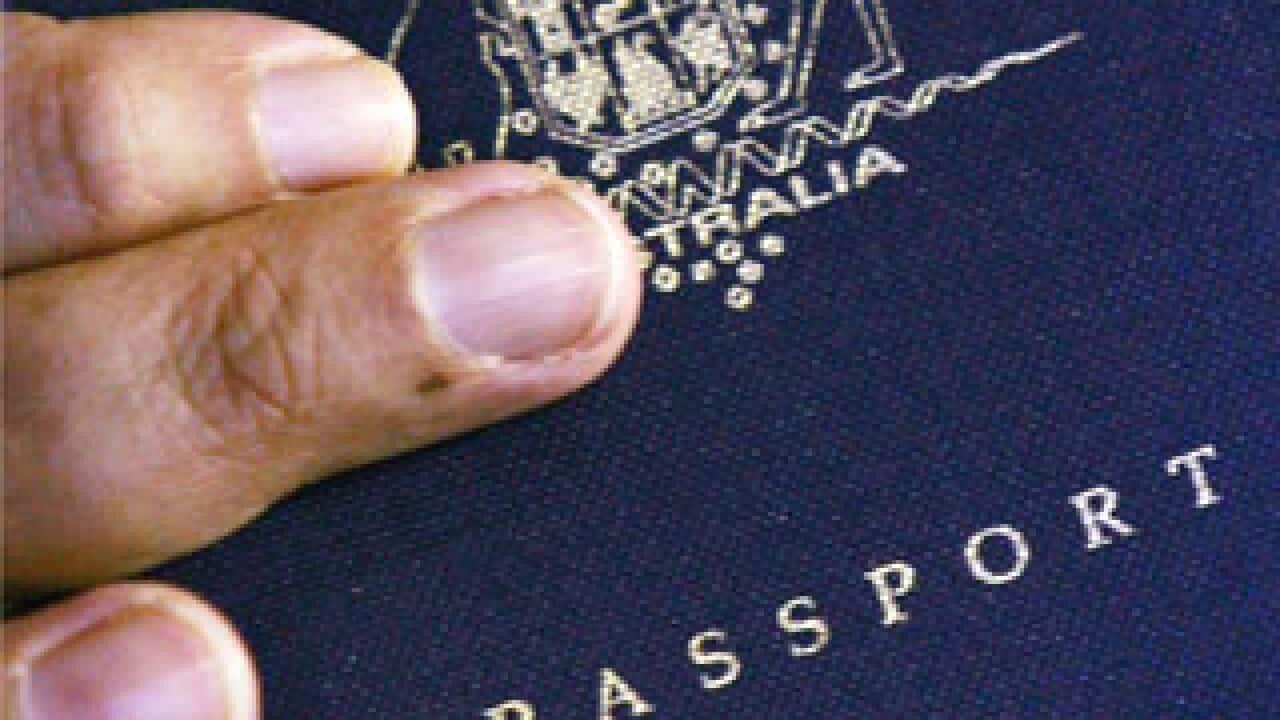As the UK prepares to leave the European Union, British passports are changing colour.
Britain's immigration minister Brandan Lewis announced on Thursday all passports issued after October 2019 will be navy blue in a return to the UK's 'old blue' model it had for most of the 20th century.
Currently, the British passport is burgundy, in line with most other member states of the EU.
After the UK leaves the EU in March 2019, burgundy passports will still be issued up until October, but without reference to the union. It is being seen as a symbolic victory by members of the Brexit movement.
It is being seen as a symbolic victory by members of the Brexit movement.

Princess Diana's and Prince Phillip's 'old blue' British passports. Source: Getty Images
Mr Lewis said he felt the new design would help Britain "restore national identity."
RELATED READING:

New passports allow third gender
He was joined in celebration by fellow Conservative MP Andrew Rosindell, who said on Twitter: "Brilliant news that the great British Passport is back! Having our own UK passport (free of EU symbolism) is a proud statement of our national identity that we should never have surrendered in the first place!"
The British passport is redesigned every five years, but this will be the first time that its colour has changed since 1988 when the EU standardised passport designs.
Of the 28 member states of the EU, 27 have a burgundy passport. The only exception is Croatia which has held onto its traditionally blue passports since joining the EU in 2013.
It is not the first time the British passport has weathered change. The famous 'old blue' was first issued in 1920 after the League of Nations agreed to standardise passports.
At the time it listed married women as dependents of their husbands and included the owner's height, eye colour, and profession.
In 1927 the passport's title was updated from "United Kingdom of Great Britain and Ireland" to "United Kingdom of Great Britain and Northern Ireland," to recognise Ireland's independence.
Share


